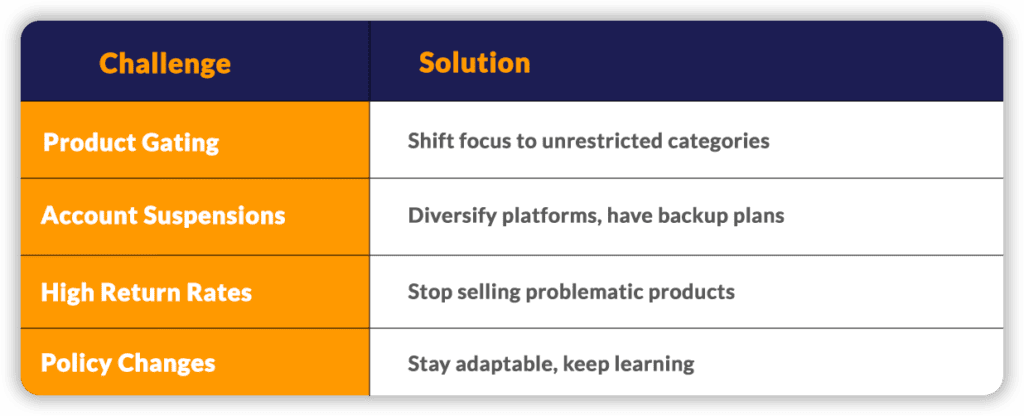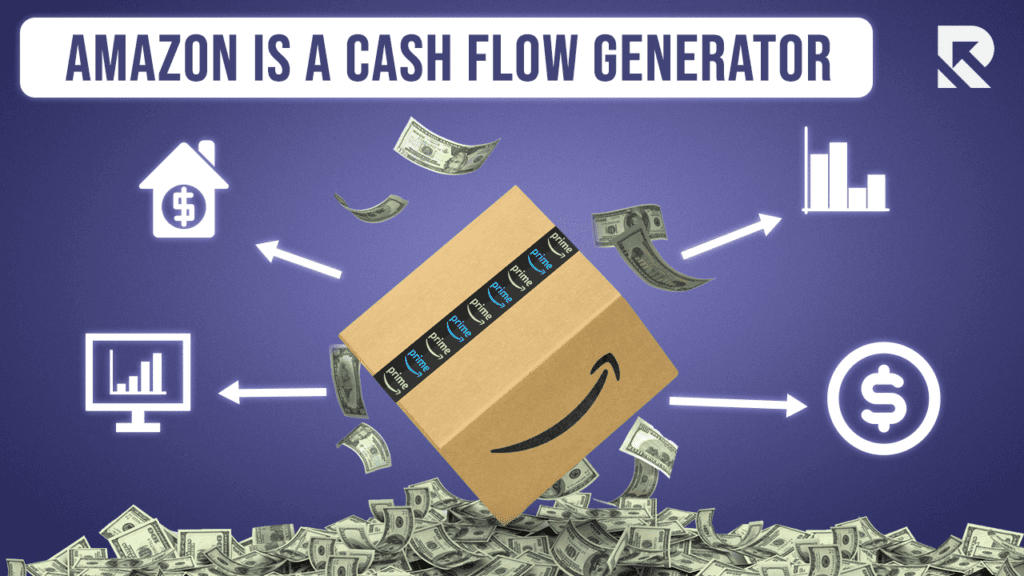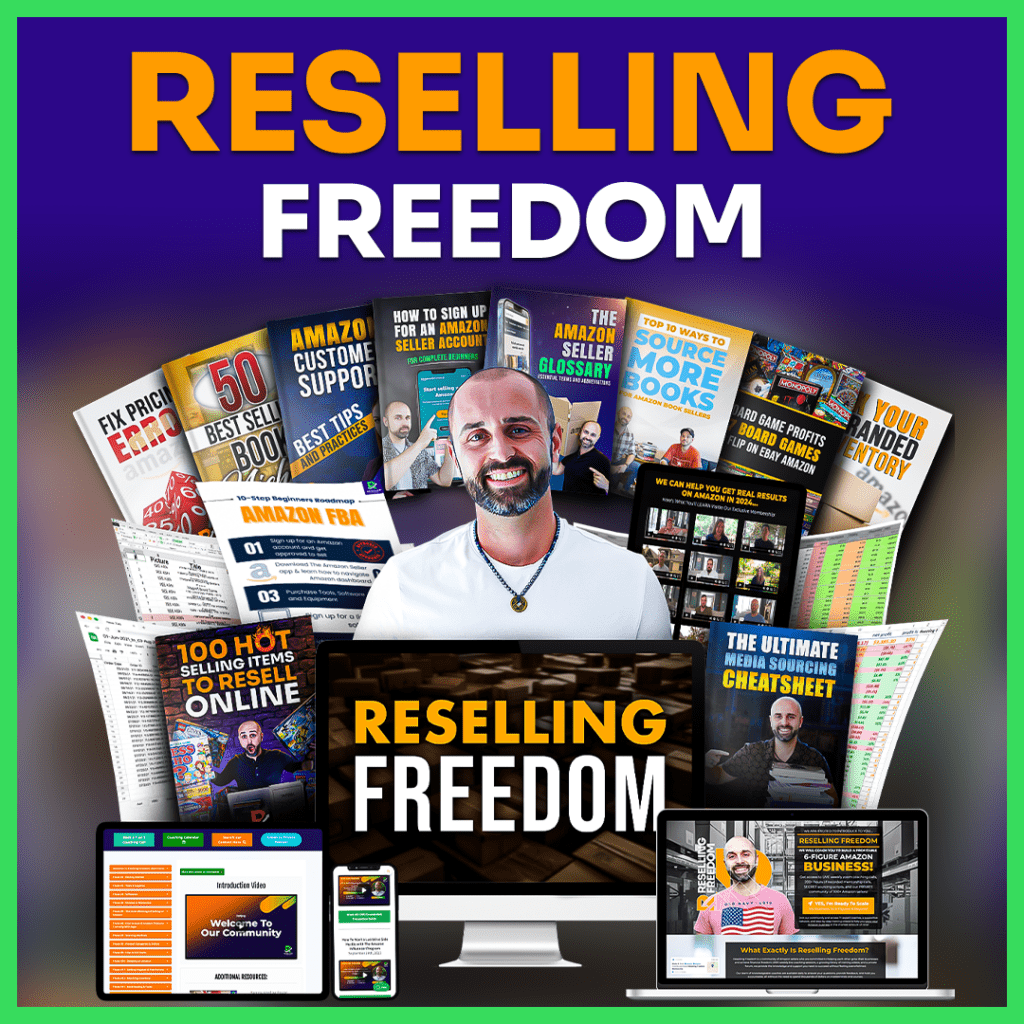
If you’ve been selling on Amazon for a while, you’re likely familiar with the grind.
From sourcing products to dealing with logistics and Amazon’s ever-changing rules, the whole process can feel like an endless uphill battle.
But what if I told you it didn’t have to be that way?
What if you could scale your Amazon business to multiple six-figure revenues while spending just a few hours a month managing it?
That’s exactly what Steve, an experienced Amazon seller, has done.
Over the last 12 months, Steve has managed to generate over $722,000 in sales while working less than five hours a month on his business.
This blog will break down how Steve went from hustling hard to scaling smartly by leveraging outsourcing, focusing on high-ticket items, and optimizing his systems and processes.
If you’re a beginner Amazon seller or even an intermediate looking to streamline your operation and boost profits, this guide is for you.
Let’s dive deep into the steps Steve took to grow his business while cutting down on the time he spends managing it.
Step 1: The Power of Focusing on High-Ticket Items—Increase Your ASP

One of the key strategies that Steve implemented was focusing on higher-ticket items rather than relying on high-volume, low-priced products.
In 2022, Steve's Average Selling Price (ASP) was around $38 to $40. By 2023, he managed to bump that up to $50.
Fast forward to 2024, and his ASP has skyrocketed to around $120.
Why is this shift important? It allows him to sell fewer items while maintaining—or even increasing—his overall revenue.
Higher ASP means that even with reduced sales volume, the business can thrive.
By selling fewer products at a higher price point, Steve not only increases his margins but also reduces the time spent managing inventory.
Why Focusing on High ASP is a Game-Changer:
Lower Overhead: When you sell fewer items, you reduce logistics costs, labor, and storage fees.
Fewer Issues to Manage: Fewer sales mean fewer returns, fewer customer service issues, and less inventory to monitor.
Higher Margins: Higher-priced products typically offer better profit margins, which means you can make more money with less effort.
For new Amazon sellers, this shift in mindset is crucial.
It’s tempting to want to sell hundreds of low-priced items, but the real money is in finding products with a higher ASP that give you a higher return on investment (ROI).
Step 2: Capital is King—The Key to Scaling is Investing More
If you’re serious about scaling your Amazon business, you’ll quickly learn that capital is king.
Steve emphasizes that increasing your revenue boils down to one of two things:
1.Source more products: This works if you’re a thrifter or you source from retail arbitrage. The more products you find and list, the more sales you can make.
2. Increase your capital investment: For sellers running online arbitrage (OA) or eBay-to-Amazon flips, the real lever is capital. The more money you can allocate to buying high-value, high-ROI inventory, the more revenue you can generate.
However, it’s not just about dumping money into random inventory.
You need to ensure that the products you’re buying have a high sell-through rate.
This means they need to sell quickly so you can turn your money over and avoid cash flow problems.
It’s easy to stockpile products, but if they don’t move off the shelves fast enough, you’ll have capital tied up in stagnant inventory, which can cripple your cash flow.
Pro Tip: What is Sell-Through Rate?
Your sell-through rate is the number of units sold divided by the number of units received during a specific time frame.
This metric tells you how quickly your inventory moves, which is crucial for maintaining a healthy cash flow.
Step 3: Leveraging Virtual Assistants (VAs)—Outsource to Scale Faster
In 2024, Steve only works about five hours per month on his Amazon business.
How is that possible? He outsourced the bulk of the day-to-day tasks to virtual assistants (VAs).
With two VAs based in the Philippines, Steve can entirely offload the sourcing process.
His VAs are responsible for finding products on eBay that can be flipped for a profit on Amazon.
They also handle much of the administrative work, from purchasing to dealing with the prep center.
Here’s a breakdown of what Steve’s VAs handle:
Sourcing products: Searching eBay for high-quality, high-ASP products that fit Steve’s ROI criteria.
Overseeing purchasing: Once a product is found, they handle the entire purchasing process.
Managing the prep center process: They send purchased items to a third-party prep center that handles all the packaging and shipping.
Dealing with returns: If any products are returned, the VAs take care of it, so Steve doesn’t have to get involved.
Communicating with the prep center: They ensure the prep center processes the inventory correctly and on time.
This setup allows Steve to focus on the big-picture strategy, leaving the day-to-day details in the capable hands of his VAs.

Step 4: The Magic of Prep Centers—Stop Handling Inventory Yourself
Another major change Steve made in his Amazon business is outsourcing all inventory handling to a prep center.
A prep center is a third-party facility that receives your inventory, preps it according to Amazon’s guidelines, and ships it to Amazon’s warehouses.
This move has saved Steve countless hours of work.
In the past, products would be shipped to his house, where he had to inspect, package, and ship them to Amazon’s fulfillment centers.
Now, his VAs send products directly to the prep center, which handles everything from inspection to packaging.
Why Using a Prep Center is a Game-Changer:
No More Handling Inventory: You never have to touch your products. Everything goes straight to Amazon’s warehouses.
Scale Faster: Prep centers can handle large volumes of products, allowing you to scale your business without bottlenecks.
Less Stress: With a prep center managing logistics, you can focus on more critical areas of your business.
Step 5: Navigating Amazon's Challenges—How to Stay Afloat Amid Gating, Suspensions, and Policy Changes
Amazon is notorious for its unpredictable policy changes.
In 2023, Steve saw a wave of account suspensions, product gating, and strict enforcement of rules.
While this can be frustrating, Steve’s advice is to stay calm and pivot when necessary.
Dealing with Gating:
Amazon often restricts certain categories or brands, making it harder for sellers to access them.
Instead of fighting to sell gated products, Steve recommends shifting your focus to unrestricted categories.
The key is diversification—don’t put all your eggs in one basket.
Handling Account Suspensions:
Amazon suspensions can feel like the end of the world, but they’re not uncommon. Always have a contingency plan in place:
- Keep multiple streams of revenue.
- Consider selling on other platforms like eBay, Etsy, or Walmart to mitigate risk.
- Maintain impeccable account health by following Amazon’s rules and having all your documentation in order.

Step 6: Sharpening Systems and Processes—How to Run a Streamlined Business
At this stage of Steve’s business, his primary focus is on systems and processes.
The more automated and streamlined his systems are, the less he has to get involved.
He constantly evaluates the products he sells, cutting out those with high return rates or low margins and improving the efficiency of his sourcing process.
Here’s how you can sharpen your own systems:
Automate where possible: From purchasing to communication with your prep center, find areas where tasks can be automated or outsourced.
Train your VAs well: Make sure your virtual assistants know your product criteria, buying thresholds, and how to handle returns.
Regularly review your product lineup: Dive deep into the data. Are there products that consistently lead to returns or complaints? Cut them. Are there ASINs that have proven to be profitable? Double down on them.
Step 7: Diversifying Beyond Amazon—Why You Shouldn’t Put All Your Eggs in One Basket

While Amazon has been a lucrative business for Steve, he’s smart enough to know that it’s never a good idea to rely on one source of income.
Steve’s philosophy is simple: Amazon is a cash flow generator.
He uses the money he makes from Amazon to invest in other ventures, like real estate, index funds, and software businesses.
Amazon is an incredible platform to build wealth, but Steve advises not to put all your eggs in one basket because, as he puts it, “Amazon doesn’t care about you.”
By diversifying his investments, Steve protects himself from the inherent risks of running an Amazon business.
Final Thoughts: Build a Business That Works for You, Not the Other Way Around
Scaling an Amazon business doesn’t have to mean working longer hours or stressing over every sale.
By focusing on high-ASP products, leveraging virtual assistants, using prep centers, and sharpening your processes, you can build a business that works for you rather than the other way around.
Steve’s journey proves that it’s possible to generate significant revenue while working only a few hours per month.
Whether you’re just starting out or looking to scale, these strategies can help you grow smarter, not harder.
If you have any questions or thoughts on scaling your Amazon business, feel free to drop them in the comments below.
Happy selling!
Steve w/ Raiken Profit









